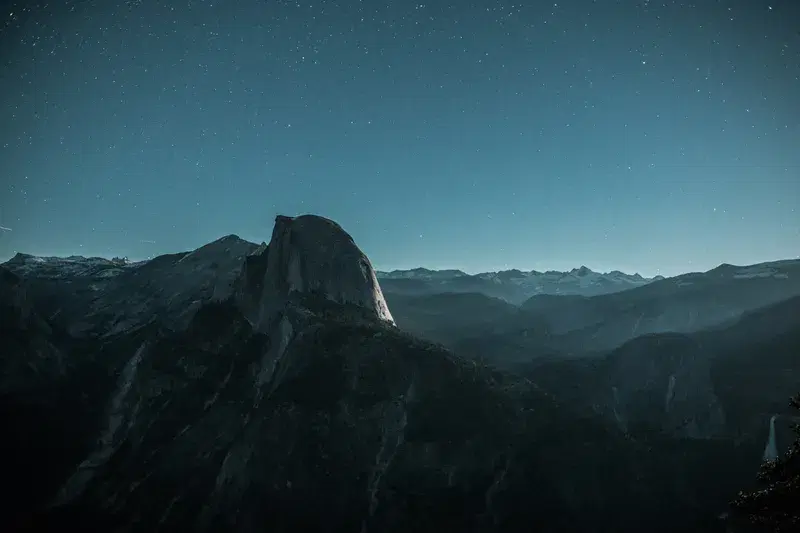Tips for Shooting Stunning Nighttime Landscapes: A Photographer's Guide


Tips for Shooting Stunning Nighttime Landscapes: A Photographer's Guide
Capturing breathtaking nighttime landscapes can be one of the most rewarding experiences for photographers. With the right camera equipment and some essential photography tips, you can create stunning images that showcase the beauty of the night. In this guide, we will explore effective strategies to help you excel in night photography, particularly in landscape settings.
1. Choose the Right Location
The first step in creating amazing landscape photography at night is selecting the perfect location. Look for areas that are free from light pollution, such as national parks or remote countryside spots. The ideal backdrop can include mountains, lakes, or even urban landscapes where you can capture the glow of city lights. For instance, imagine photographing a black mountain under a blue sky at nighttime, illuminated by the soft glow of the moonlight.
2. Prepare for Low Light Conditions
Night photography often requires a different approach than daytime shooting. Here are some tips to prepare:
- Use a sturdy tripod: Stability is crucial for long exposures. A quality tripod will prevent camera shake and ensure sharp images.
- Bring extra batteries: Cold temperatures can drain batteries quickly. Bring spares to ensure your camera remains powered throughout your shoot.
- Consider a remote shutter release: This will help you avoid camera shake when pressing the shutter button.
3. Master Your Camera Settings
Understanding your camera settings is vital for successful night photography. Here’s what to tweak:
- ISO: Start with an ISO of 1600 or higher, depending on your camera's capabilities. However, be cautious of noise; higher ISOs can introduce grain.
- Aperture: Use a wide aperture (like f/2.8 or f/4) to allow more light into the camera. This is particularly useful in low-light conditions.
- Shutter Speed: Experiment with longer shutter speeds (10-30 seconds) to capture more light and details in the landscape. Be mindful of moving objects that may blur during the exposure.
4. Take Advantage of Moonlight
The moonlight can be your best friend when shooting nighttime landscapes. A full moon can illuminate your scenes beautifully, adding depth and interest. Plan your shoots around the lunar calendar to take advantage of moon phases. Use apps like PhotoPills or The Photographer’s Ephemeris to track moonrise and moonset times, ensuring that you are in the right place at the right time.
5. Use Light Painting Techniques
To enhance your landscape photography further, consider incorporating light painting. This technique involves using a flashlight or other light sources to illuminate portions of your scene. Here’s how to do it:
- Set your camera to a long exposure mode.
- Use a flashlight to paint areas of your landscape during the exposure.
- Experiment with different colors and intensities of light to see what works best.
6. Experiment with Composition
Nighttime landscapes offer unique opportunities for creative composition. Try these tips:
- Include foreground interest: Look for interesting objects in the foreground, such as rocks or trees, to create depth.
- Use leading lines: Pathways, rivers, or roads can guide the viewer’s eye through the frame.
- Rule of thirds: Position key elements off-center to create a more dynamic composition.
7. Post-Processing Techniques
Once you’ve captured your stunning images, it’s time to enhance them through post-processing. Use software such as Adobe Lightroom or Photoshop to:
- Adjust exposure levels and contrast.
- Reduce noise that may have been introduced at higher ISOs.
- Enhance colors to make the night sky pop.
Conclusion
Shooting stunning nighttime landscapes requires patience, practice, and the right camera equipment. By following these photography tips and embracing the unique challenges that night photography presents, you can create mesmerizing images that capture the beauty of the night sky. Remember, the more you practice, the better your skills will become, leading to more incredible photographs.
Happy shooting!